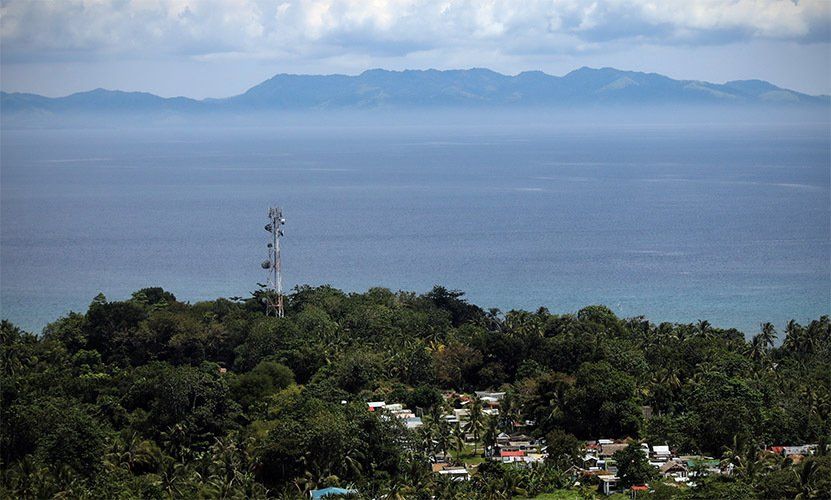AdvocatesTV • June 17, 2020
Gatchalian: Build cell sites in public schools

Photo from Official Website of Win Gatchalian
Senate Committee on Basic Education, Arts and Culture Chair Senator Win Gatchalian has proposed the installation of cell sites and wifi stations in every school managed by the Department of Education (DepEd) in order to provide internet access for all 42,046 barangays in the country.
He added that this could enhance the capacity of public schools to implement distance learning, especially in times of emergencies such as the present worldwide COVID-19 pandemic.
"We hit two birds with one stone. Out of the almost 62 thousand schools nationwide, merong 47 thousand na public schools. Now, there are about 42 thousand barangays nationwide. So bawat barangay merong public school at kung pwede nating patayuan ng cell site at wifi-based station sa bawat public school, sagip na natin ang buong Pilipinas dahil buong barangay ay makakabitan natin ng cell site," Gatchalian said.
(Each barangay has public schools and if we can put up cell sites and wifi-based stations in them, we can cover the whole Philippines because whole barangays will have cell sites)
The senator stressed that the installation of cell sites would save the country's public schools billions of pesos to pay for internet connection in the long run. He further explained that bridging the digital divide will help the country's education system in innovation and ensure that no learner is left behind.
"Kung meron sana tayong sapat na imprastraktura, meron tayong internet, meron tayong mga gadgets, hindi magiging problema yung pagtuturo sa mga estudyante, lalo na ngayong kailangan nating mag-shift sa distance learning," said Gatchalian.
(If we have enough infrastructure, internet, and gadgets, teaching students won’t be a problem especially for those who need to shift to distance learning)
The senator recently filed a resolution seeking a Senate inquiry on the implementation of Republic Act No.10929 or the Free Internet Access in Public Places Act.
Senate Resolution No. 392 aims to review the law's implementation, coverage and effectiveness in elementary and secondary public schools, Alternative Learning System (ALS) centers, State Universities and Colleges (SUCs), Technical Education and Skills Development Authority (TESDA) technology institutions, and other community learning centers.
DepEd records show that 58% of elementary schools, 80% of junior high schools and 72% of senior high schools are connected to the internet.
A mapping of public schools and cell site towers by Project BASS (Bandwidth and Signal Statistics) revealed that 44 percent or 20,398 public schools were found to be located more than six kilometers away from the nearest cell site and such they have very poor signal or no access to the internet. Schools should be located three kilometers or less from a cell site to ensure good internet connection.

